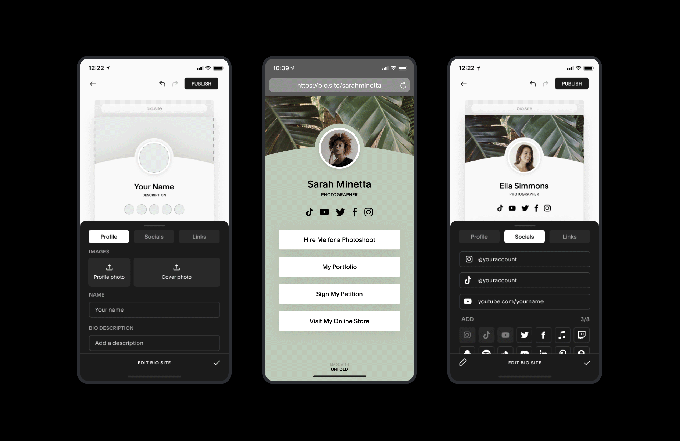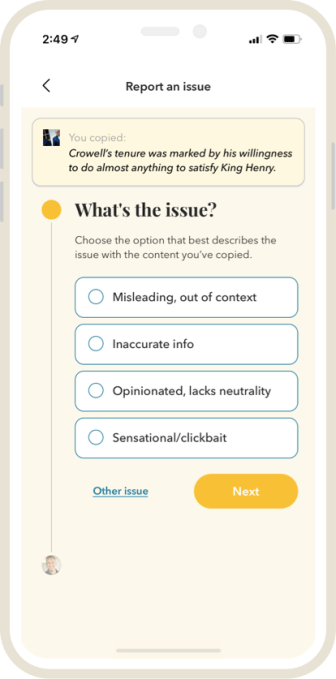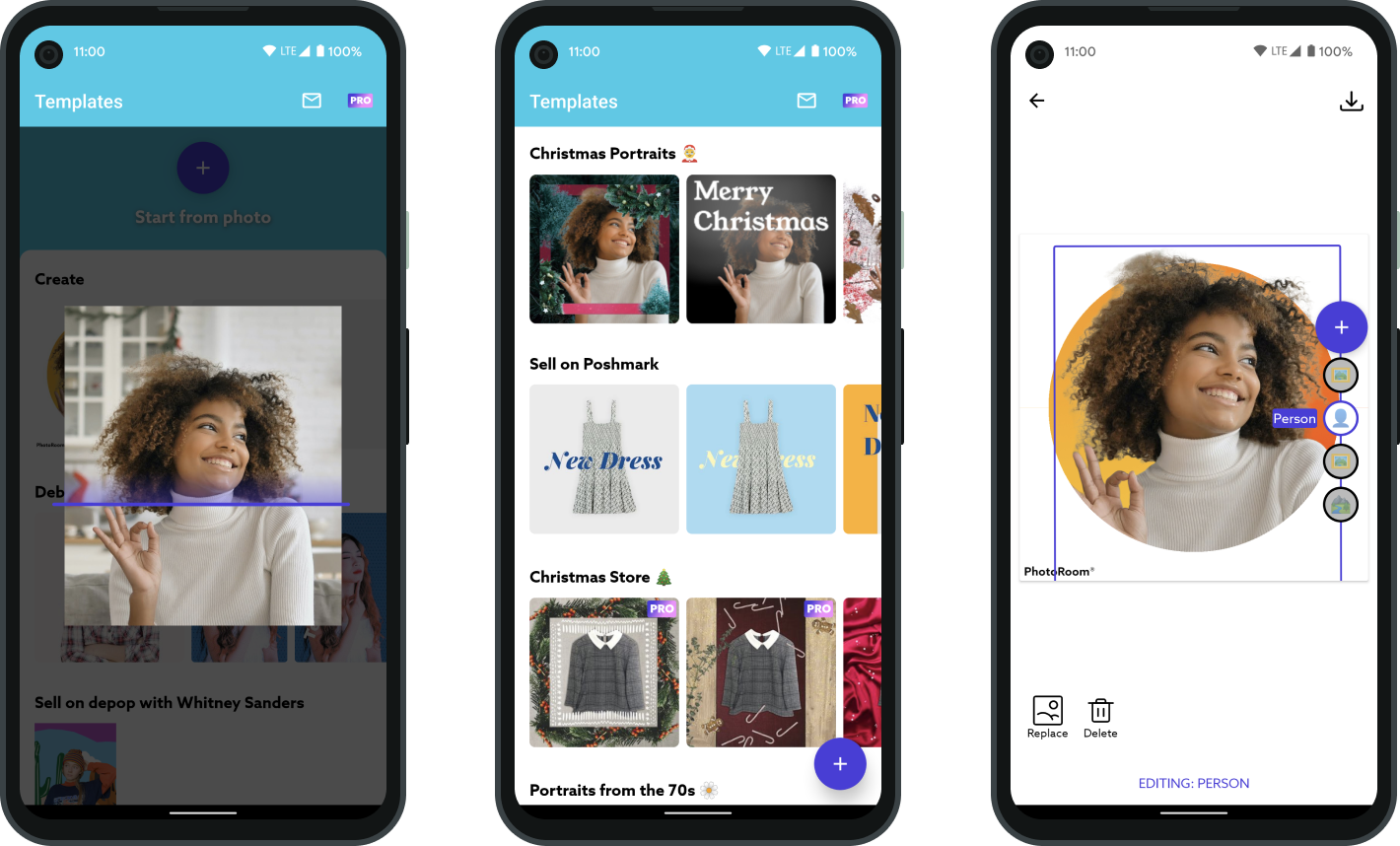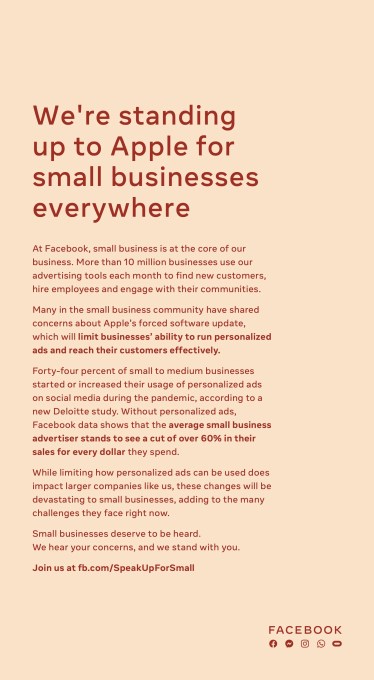Google is testing a new feature that will surface Instagram and TikTok videos in their own dedicated carousel in the Google app for mobile devices — a move that could help the company retain users in search of social video entertainment from fully leaving Google’s platform. The feature itself expands on a test launched earlier this year, where Google had first introduced a carousel of “Short Videos” within Google Discover — the personalized feed found in the Google mobile app and to the left of the home screen on some Android devices.
To be clear, this “Short Videos” carousel is different from Google’s Stories, which rolled out in October 2020 to the Google Search app for iOS and Android. Those “Stories” — previously known as “AMP Stories” — consist of short-form video content created by Google’s online publishing partners like Forbes, USA Today, Vice, Now This, Bustle, Thrillist and others.
Meanwhile, the “Short Videos” carousel had been focused on aggregating social video from other platforms, including Google’s own short-form video project Tangi, Indian TikTok competitor Trell, as well as Google’s own video platform, YouTube — which has also been experimenting with short-form content as of late.
The expansion to include Instagram and TikTok content in this carousel was first reported by Search Engine Roundtable (via Brian Freiesleben’s tweet). They were able to access the feature by searching for “packers” in the Google app then scrolling down the page.
We were able to replicate this, as well. (See below image.)
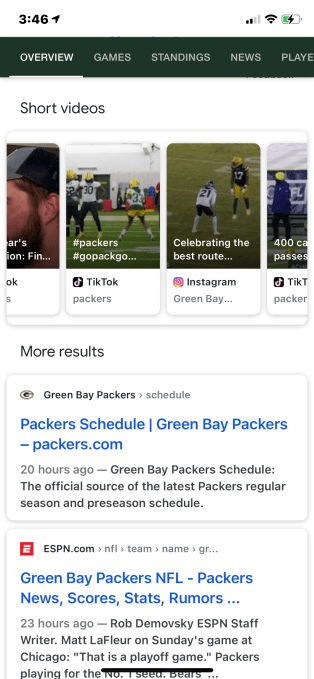
Image Credits: screenshot of Google search results
We found the Short Videos carousel appears when you scroll past the Google Knowledge Base box for the Green Bay Packers, followed by the the scores, Top Stories, Twitter results, Top Results, Images, Videos and other content, like a listing of the players, standings and more.
Both Instagram and TikTok videos were available in the Short Videos row. When clicked, you’re taken to the web version of the social platform — not the native mobile app, even if it’s installed on your device. The end result is that Google users are more likely to remain on Google, as all it takes is a tap on the back arrow to return to the search results after watching the video.
Google has been indexing video content for years and partnered with Twitter on 2015 to index search results. It’s not clear to what extent it has any formal relationship with Facebook/Instagram or TikTok, however. (If those companies comment, we’ll update.)
Google declined to formally comment or further detail its plans, but a company spokesperson confirmed to TechCrunch the feature was currently being piloted on mobile devices. They clarified that means it’s a limited, early-stage feature. In other words, you won’t find the video carousel on every search query just yet. But over time, as Google scales the product, it could become an interesting tool for indexing and surfacing top video content from social media — unless, of course, the platforms choose to block Google from doing so.
The feature is currently available in a limited way on the Google app for mobile devices and on the mobile web, the company said.
from RSSMix.com Mix ID 8176981 https://techcrunch.com/2020/12/29/google-pilots-a-search-feature-that-aggregates-short-form-videos-from-tiktok-and-instagram/
http://www.gadgetscompared.com
from Tumblr https://ikonografico.tumblr.com/post/638887151902261248
via http://www.gadgetscompared.com




